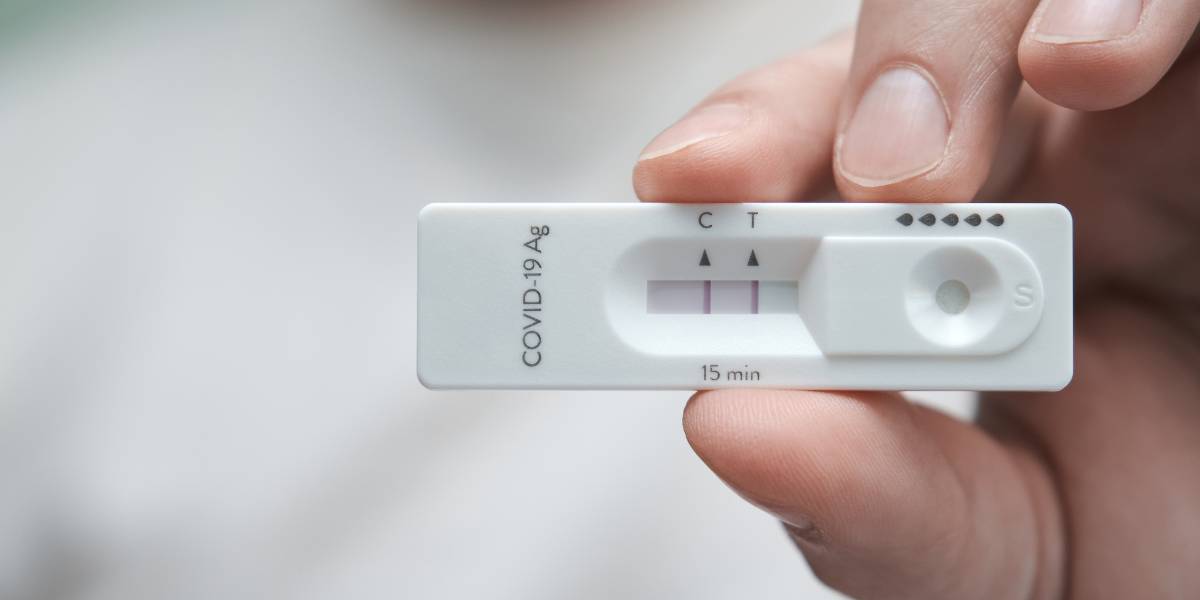Covid-19 warnings began to spark around six weeks ago, during the height of summer vacation season in the United States. And not only in the US – this novel Covid strain has also been discovered in Canada.
Because of this, medical professionals have expressed cautions concerning the BA.2.86 strain, dubbed ‘Pirola’.
The variant is of concern since it is a newly identified, highly mutated version of Omicron, which previously caused a spike in cases in countries, including the United States.
Experts were alarmed by the high genetic diversity from its original strains. This variant has roughly 30 mutations, which is similar to the number of mutations that separated the highly transmissible and severe omicron variant from the first variants.
According to a Yale Medicine bulletin published on Thursday, the newly found variation has over 30 changes in its spike protein, which is located on the coronavirus’s outer surface. This spike protein is necessary for the virus to enter and infect human cells.
But this week, several laboratory studies have led to sighs of relief: On a cellular level, Pirola just isn’t that alarming, meaning that the chance this variant will lead to a massive, emergency room-flooding Covid surge is pretty small.
Other, less mutated omicron variants remain the dominant strains, and it seems unlikely Pirola will wreak major havoc.
“The good news is, we’re still doing enough sequencing to be detecting new variants before they are widespread,” said Shira Doron, an infectious disease doctor and hospital epidemiologist at Tufts Medical Center in Boston.
Also good news: “It is not a foregone conclusion that simply by having 30-plus mutations’ difference, there will be a surge,” she said.
It may appear that everyone you know is currently infected with Covid-19. On a larger scale, it’s difficult to say how many Americans are infected with the virus (let alone any of the other circulating respiratory illnesses) at any given time.
Even if people have symptoms, a large proportion do not get tested, and only a small number of home tests are officially counted.
That means that looking at hospitalizations and wastewater is the best approach to understand Covid-19 trends. Hospitalizations have risen from a low of around 6,000 per week in early July to around 17,000 currently.
This all suggests that there is a rise in instances in most sections of the country right now.
But we have no idea how big it is.
The present Covid forecast, as well as fresh seasonality data, indicate that there is no need to revert to the hypervigilant state of early pandemic days.
However, it is still prudent to safeguard ourselves and those around us from avoidable disease.
That is especially true for persons at high risk of severe illness, but it is also true for otherwise healthy people, especially given the unpredictability of long Covid symptoms after infection.
And, regardless of what everyone else is doing, you can choose to alternate between taking measures and letting your guard down as often as you like. Covid-19 will be with us for the foreseeable future, and as it evolves, so should our techniques for dealing with it.

